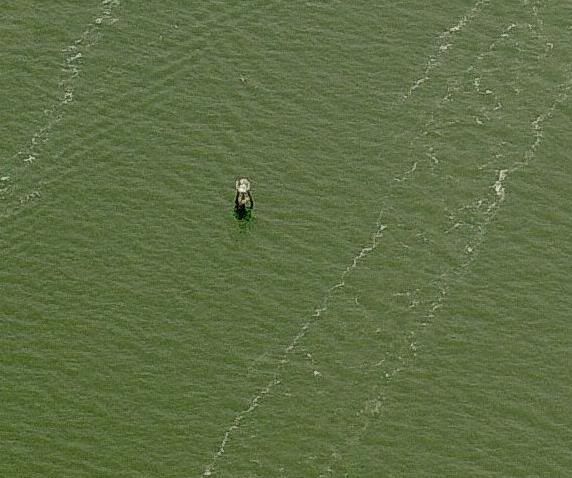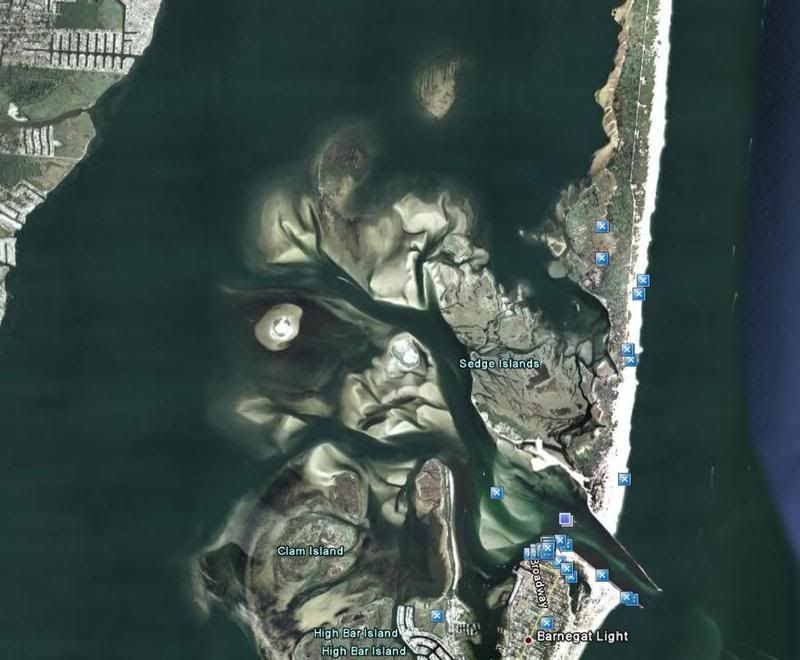Alex F
Well-Known Member
- Nov 14, 2006
- 9,166
- Boat Info
- 2005 420DB with AB 11 DLX Tender, Raymarine Electronics (2x12" MFDs) with Vesper AIS
- Engines
- Cummins 450Cs, 9KW Onan Generator, 40HP Yamaha for tender.
My boat has two different Raymarine displays. One uses Navionics charts and the other uses C-Map charts. At the beginning of the season I bought updated charts and had no issues.
There was one strange thing that happened to me when I was coming back from Atlantic City trip last summer. After I entered Barnegat Inlet, at the end of the Oyster creek there’s a sharp turn to the starboard around the ICW buoy. The issue was that I was following my plotter very closely but the buoy was couple hundred feet off course. I had enough depth, but I was very surprised how much off the buoy was from the chart. This buoy looks like it's there permanently, b/c it’s on large pilings. So, it’s not like coast guard would move it every month or so.
Dominic, you know this area like back of your palm. Any thoughts on this one?
Also folks, what do you do in general when facing situations like this, would you trust and follow your Chartplotter with updated cards or would you go for the buoy (permanent, not floating)?
Thanks,
Alex.
There was one strange thing that happened to me when I was coming back from Atlantic City trip last summer. After I entered Barnegat Inlet, at the end of the Oyster creek there’s a sharp turn to the starboard around the ICW buoy. The issue was that I was following my plotter very closely but the buoy was couple hundred feet off course. I had enough depth, but I was very surprised how much off the buoy was from the chart. This buoy looks like it's there permanently, b/c it’s on large pilings. So, it’s not like coast guard would move it every month or so.
Dominic, you know this area like back of your palm. Any thoughts on this one?
Also folks, what do you do in general when facing situations like this, would you trust and follow your Chartplotter with updated cards or would you go for the buoy (permanent, not floating)?
Thanks,
Alex.




